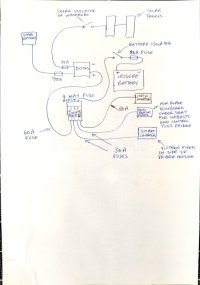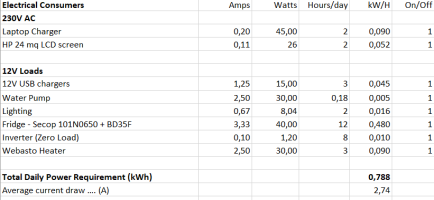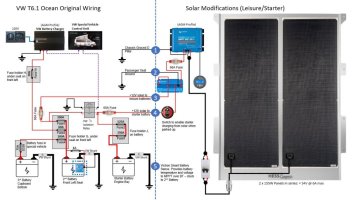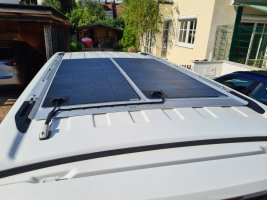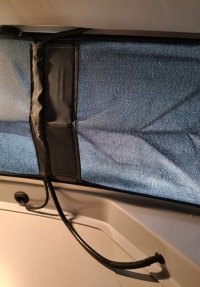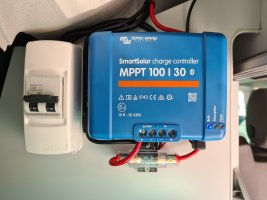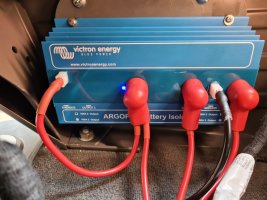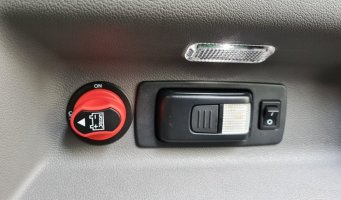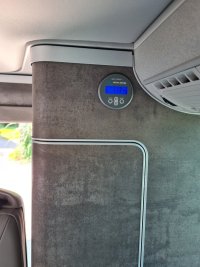Hi,
I'm looking for advice on the ultimate off-grid electrical setup for my T6 campervan. If money is no object what full setup of components would you buy? In particular, what's the biggest and best LifePo4 to fit under seat?
I'm wondering if a Victron 160Ah LifePo4 battery would fit under seat. Dimensions 237 x 321 x 152mm. What other components would be required?
My guess is that many of the components from this thread would be most suitable.... but I'm open to suggestions for improvements for "ultimate off grid setup".

 www.t6forum.com
www.t6forum.com
D
I'm looking for advice on the ultimate off-grid electrical setup for my T6 campervan. If money is no object what full setup of components would you buy? In particular, what's the biggest and best LifePo4 to fit under seat?
I'm wondering if a Victron 160Ah LifePo4 battery would fit under seat. Dimensions 237 x 321 x 152mm. What other components would be required?
My guess is that many of the components from this thread would be most suitable.... but I'm open to suggestions for improvements for "ultimate off grid setup".

Valence U27-12XP Lifepo4 Lithium Battery -- How We Done It --
get this error message every time . Any ideas ? You get that error also if you are not running the program in administrator mode. This is covered in previous posts. Close the application then Right click the program icon and 'run as administrator'.
D
Last edited:

